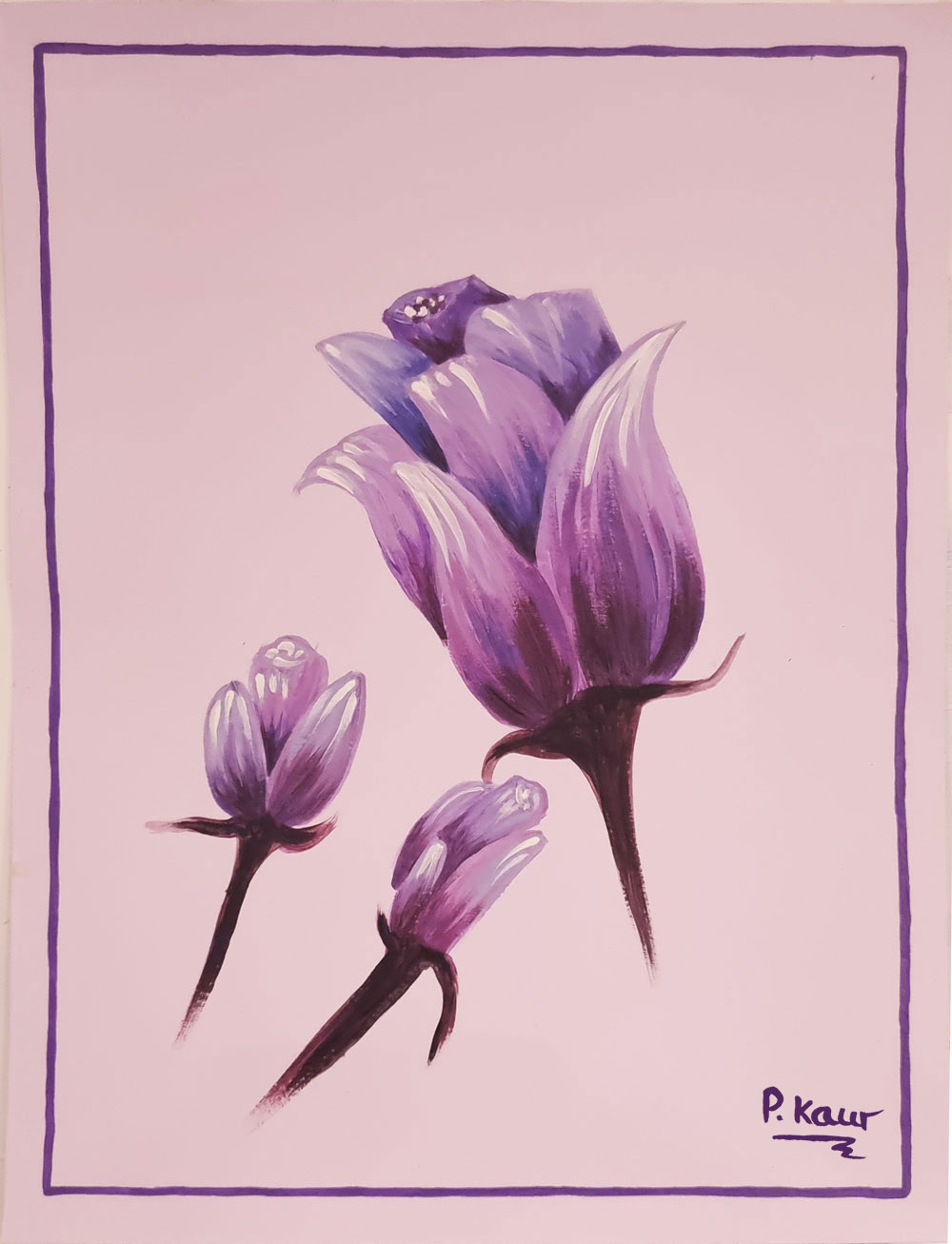White is essentially all the colours put together, in terms of white light. The colour white used as a dye or paint, is the absence of colour but in a light pure way. It is generally associated with purity, cleanliness, and mourning.
Snow appears white because it scatters and reflects the sunlight without absorbing the other colours of the spectrum.
Language
The modern word ‘white’ traces its origins back to Old English and Germanic. Some cultures have several different words for white depending on the application.
Certain phrases use ‘white’ such as: ‘as white as’ snow white, which stems from Brothers Grimm story from 1812, Schneewittchen. It became a Broadway play a century later and then a Disney movie.
Meaning
In the East, white is typically for mourning and death. In the West, it denotes purity, innocence and peace.
As with each colour, there are positive and negative connotations. The positive is perfection and pure, peace and simplicity. The negative is sterile and cold, somewhat isolating. Brilliant white doesn’t appear in nature, white in nature has many tones and isn’t the bright white we plaster on our walls, so it can feel like an unnatural colour commonly used in large commercial spaces.
Pigments
In Palaeolithic times, they used chalk or calcite as a pigment for cave art paintings.
White pigment made from lead was first made in Anatolia, 4300 years ago. The ancients knew it was poisonous. Originally it was produced by placing lead shavings over a bowl of vinegar. Fumes would attack the lead and leave deposits of white lead carbonate. In the 17th century, the Dutch invented a new method to mass produce the pigment. However the workers would experience serious symptoms and eventually be poisoned to death.
Lead was also used to make cosmetics and foundation. This included in Ancient Greece, Ancient China and later in Europe in the 18th and 19th centuries. People continued to die from poisoning however it didn’t stop the industry, lead-based cosmetics were still being produced. A synthetic version was manufactured by the end of the 19th century though it wasn’t until 1977 that lead white itself was banned in the US. Lead cosmetics supposedly did the most damage in Japan with the geisha community. Evidence suggests that the children of geisha women had up to 50 times more lead in their bones when they were being breastfed due to the amount being absorbed by the mother through makeup.
Titanium white is made from titanium dioxide and came into use as a pigment in the early 1900s. It is far brighter than the lead pigment and also has better coverage.
Zinc White is another popular pigment that is also used in paints and some foods. Chinese white is a variety of zinc used for paint.
Bleaching can be a natural process to lighten things when leaving them out in the sun. Chemical bleaching began to be manufactured from the 18th century onwards.
Tones
There aren’t many tones of white, however white can have many undertones of all the other colours giving white a unique flexibility when it comes to colour. Tones could include warm ivory and cream, bordering on light beige. Cool tones include oyster and brilliant pure white.
General use in society
Palaeolithic Times
Chalk was used as a pigment in cave art along with red, black and yellow.
Ancient Times
Ancient Egypt – was connected with the goddess Isis. Priests and priestesses wore white, and they wrapped their mummies in white.
Rome – priestesses wore white as a sign of purity. Romans wore white togas as symbols of citizenship.
The white wedding dress dates back to antiquity in some parts of the world. Ancient Greece, brides wore white and carried white flowers, painted themselves white. In Japan, a traditional bride wore a white kimono to symbolise purity and virginity.
Middle Ages and Renaissance
White flag was first used in China, 25 CE and then Rome in 2nd century as a sign of surrender.
Early Christian Church adopted white as their symbol of purity. White lamb symbolised sacrifice and purity, being the colour worn by several members of the Church including the Pope.
Royal colour of the Kings of France
Greek and Roman temples were faced with white marble.
18th century onwards, white became popular for buildings in the neoclassical style, modernity and simplicity. The White House in US was painted white. The misconception was that the Greek marble statues and buildings were all white, so this was the style of the ancients however this isn’t true, the ancients loved colour. It’s been weathered away after all these years and now appears as though it was white.
White also became popular in fashion from 18th century onwards, with white wigs and white stockings.
Modern
In art, artists like Piet Mondrian used white as a contrast to black and other bright colours. This would create striking imagery as white is a perfect backdrop.
It is popular in modern contemporary interiors to paint all the walls white and layer up colours and patterns from other sources.
White weddings in the West began with Queen Victoria, who married in 1840. She had a pure white lacy gown with orange blossoms in her hair. 9 years after the wedding, an American publication declared white was for weddings. By the end of the century, it took over.





